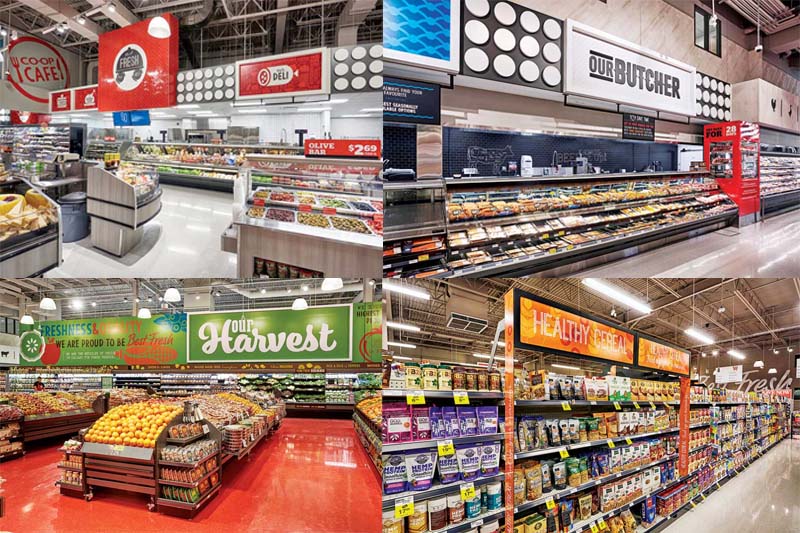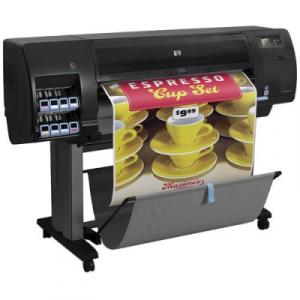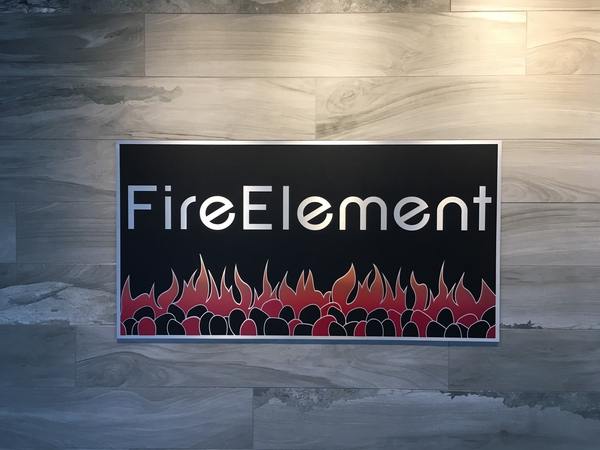Wayfinding: Best practices in retail

Photos courtesy Shikatani Lacroix
Illumination
Similarly, the same light-emitting diodes (LEDs) used for exterior illumination are finding their way inside stores. One leading trend has been the use of cove and soffit lighting to illuminate indoor signs, particularly those identifying the departments within a store.
Modularity and material quality
Modular sign systems have always been integral to stores, but now some of them are becoming more closely linked to merchandising fixtures, to the point where they become the same system. This approach tends to boost the quality of store signs by matching them to the same material standards as fixtures.
Window displays
Successful store navigation does not rely on signs alone, but rather brings architecture and displays together to create a complete environment that both directs and informs customers. Window displays have become more common, for example, because store architecture has become more ‘transparent,’ with larger glass panels to decorate.
With the removal of enclosed, ‘boxed’ windows, displays have become a much greater part of overall store design and a primary supporter of wayfinding. Designers use themed window displays as landmarks to entice visitors into a store and to promote sales of specific items. Large-format digital printing, modular panels, illumination, dimensional displays and digital signage can all be integrated to meet these communication demands.
Visual merchandising
The multi-billion-dollar visual merchandising industry, comprising everything from fixtures to merchandising displays to point-of-purchase (POP) graphics, can be thought of as a sort of central operating system (OS) for retailers, following practices that are sensitive to customers’ actions and psychology. Within this field, retail signage is often categorized at two levels: (a) ‘macro’ signs that identify key areas of a store, are relatively ‘fixed’ and cannot be changed easily; and (b) ‘micro’ POP and promotional signs that are more flexible and adaptable to the ever-changing retail environment.
Excellence in retail wayfinding is often achieved through a close correlation between how the macro and micro levels of signs are managed, so as to achieve seamless integration, rather than gaps in consistency and/or quality. One reason today’s visual merchandisers have innovated in this direction is the considerable pressure to compete with online shopping. This is also one of the reasons for the increased use of digital signage.






